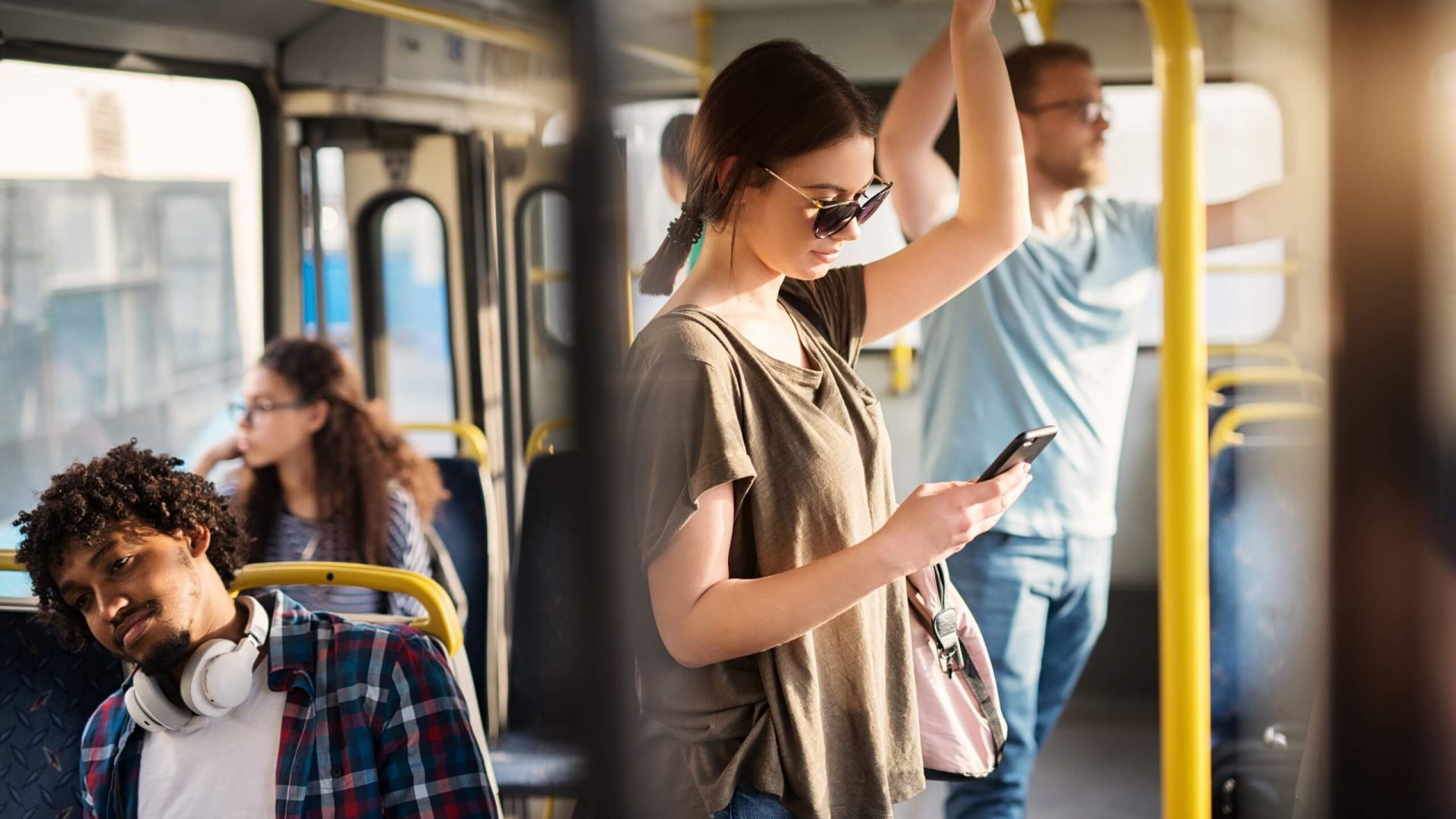
The COVID-19 pandemic had a profound impact on public transit systems across the globe. In April 2020, ridership levels fell to just 20 percent of pre-pandemic figures. By 2023, however, transit usage began to rebound, with some regions reaching approximately 79 percent of previous levels¹. This recovery presents both opportunities and challenges for transit agencies.
Smaller municipalities have experienced quicker recoveries, largely due to a faster return of office workers compared to larger urban centres where remote work remains prevalent. Bus ridership has notably increased, driven by younger and lower-income workers who continued to rely on public transit throughout the pandemic. Rail services have also seen improvement, though they remain influenced by factors such as vaccine distribution and evolving commuter habits.
Shifting Transit Trends
Despite office occupancy rates hovering around 50 percent in 2023, public transit has seen a notable rise in non-commute travel. Between 2022 and 2023, transit trips rose by 16 percent, totalling 7.1 billion.¹This trend underscores the importance of dependable transit services that cater to essential workers and late-night employees.
Regions with robust service industries and high concentrations of essential workers have maintained stronger ridership. Public transit continues to play a vital role in providing mobility for these groups, sustaining usage over the past four years.
Preparing for Increasing Ridership
As summer winds down, the arrival of new postsecondary students offers a valuable opportunity to boost ridership. Transit agencies can leverage this seasonal influx to promote public transportation as a convenient and reliable option for students and their families.
To meet growing demand, agencies must focus on service reliability and quality—ensuring frequent, safe, and trustworthy transit options. Vontas supports this effort with advanced solutions that enhance operational efficiency and rider experience.
Coping with Ridership Changes with Vontas
To support transit agencies in navigating upcoming challenges and seizing new opportunities, Vontas offers advanced solutions that enhance the efficiency and reliability of transit services.
With Vontas OnRoute, agencies can deliver a cohesive experience that fosters rider confidence and encourages continued use of public transportation. The system uses automatic vehicle locator data to minimise disruptions and promote a safer, more dependable transit service. It also monitors wheelchair and bicycle deployments and expands fare collection options, enriching the overall rider experience.
Vontas OnRoute assists in managing overcrowding by tracking passenger loads in real time and adjusting services accordingly. It also generates real-time vehicle arrival predictions, which are displayed on street signage, onboard infotainment screens, and mobile applications. This helps reduce uncertainty for passengers by providing immediate updates on service changes and detours.
Before upgrading to Vontas OnRoute, Metro Transit buses transmitted location data every 30 to 60 seconds. Now, updates occur every 5 to 10 seconds.² According to Gary Nyberg, Manager of Technology Systems at Metro Transit in Minneapolis–St. Paul, “It gives the customer more information and more power over how they choose to ride.” Implementing Vontas’ solutions has helped Metro Transit transform its operations, reducing service disruptions and increasing rider satisfaction and trust.
Vontas Cloud further supports agencies with a scalable platform that reduces IT costs, accelerates innovation, and shortens the time to market for new services—enhancing the overall passenger experience.
Looking Forward
As transit agencies prepare for rising ridership, the need for reliable, efficient, and innovative solutions is more critical than ever. Vontas equips agencies to grow and sustain ridership, enabling them to meet the evolving demands of today’s transit landscape.

